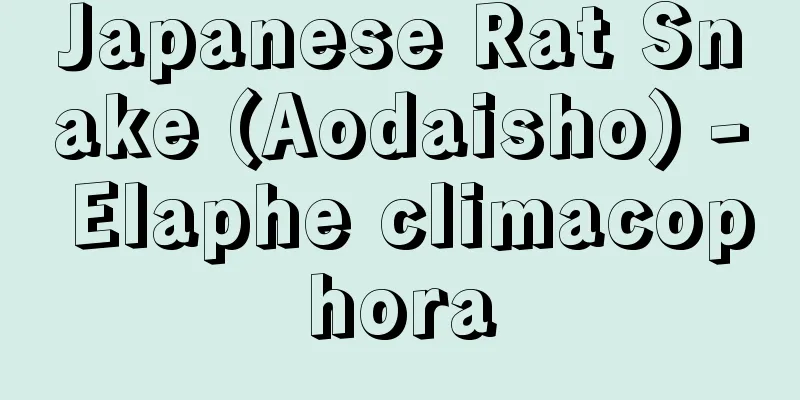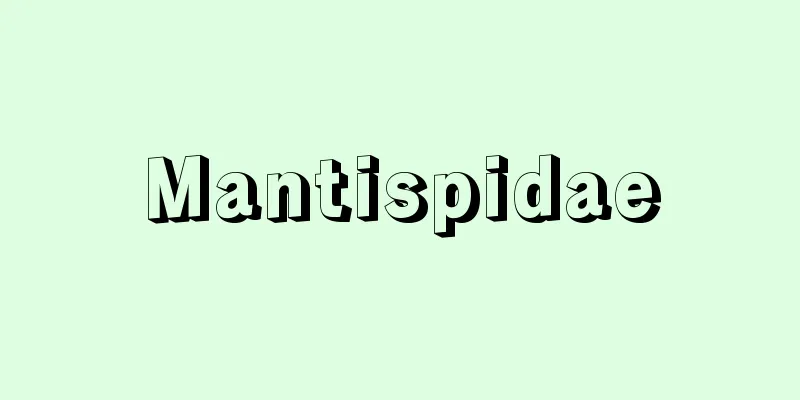Japanese Rat Snake (Aodaisho) - Elaphe climacophora

|
This is the largest snake of the Colubridae family in Japan, and is non-venomous (illustration). It is distributed from Hokkaido to Kyushu, Tsushima, the Osumi Islands, some of the Izu Islands, and other remote islands, as well as Kunashiri Island. The average length is about 1.5m, and large individuals can reach over 2m. The body color is usually olive with a brownish tinge, but just after shedding, as its name suggests, it turns a light grayish indigo color, and as the time of shedding approaches, four dark stripes running from head to tail become more noticeable. Young individuals up to 1 to 2 years old have dark brown stripes similar to those of a Mamushi snake lined up on their backs, which can easily confuse them, but compared to the Mamushi snake, which has a short, stocky tail, they have a long, slender body and tail, and their pupils are not vertically elongated, which is how they can be distinguished. Source: Heibonsha World Encyclopedia, 2nd Edition Information |
|
日本産では最大のナミヘビ科のヘビで,無毒(イラスト)。北海道~九州,対馬,大隅諸島,伊豆諸島の一部などの離島および国後島に分布。全長の平均は約1.5m,大きな個体は2mを超える。体色はふつう褐色を帯びたオリーブ色で,その名のとおり脱皮直後は明るいグレーがかった藍色となり,また脱皮が近づくにつれて,頭から尾にかけて走る4本の暗色縞模様が目だってくる。生後1~2年までの若い個体は,マムシに似た暗褐色の帯模様が背面に並ぶので混同されるが,尾が短くずんぐりしたマムシに比べ胴も尾も細長く,瞳孔が縦長でない点で区別がつく。
出典 株式会社平凡社世界大百科事典 第2版について 情報 |
Recommend
Giorgio Ghisi
1520 or 21-82 Italian copperplate engraver of the ...
1
…the Greek name of a city on the west bank of the...
Supraaural type
...Head-mounted headphones are called headphones,...
cornet
…Today, the modern brass instrument known as the ...
Asen II (English spelling)
… The youngest member of the Asen family, Emperor...
Dismissal - Kaiko
The termination of a labor contract by an employe...
Taihei Chronology - Taihei Nenpyo
Chronicle. 5 volumes, 6 books. Edited by Ohno Hiro...
Sonoke - Sonoke
The family is a descendant of the Nakamikado famil...
Interjection - Kantoujoushi
〘Noun〙 A type of particle in Japanese grammar. For...
Immigrants
〘 noun 〙 A person who moves to a different place. ...
Voice word processor - Onseiwapuro
...Based on the feature parameters obtained in th...
Family Luciferidae - Swimming Earthworm
...Includes tubifex worms, lily worms, gill worms...
Sosogi Coast - Sosogi Coast
This coast is located in the center of the norther...
Pressure type liquid level gauge
...There is also a gauge glass in which the liqui...
meatus nasi (English spelling) meatusnasi
…The structure of the lateral wall of the nasal c...









